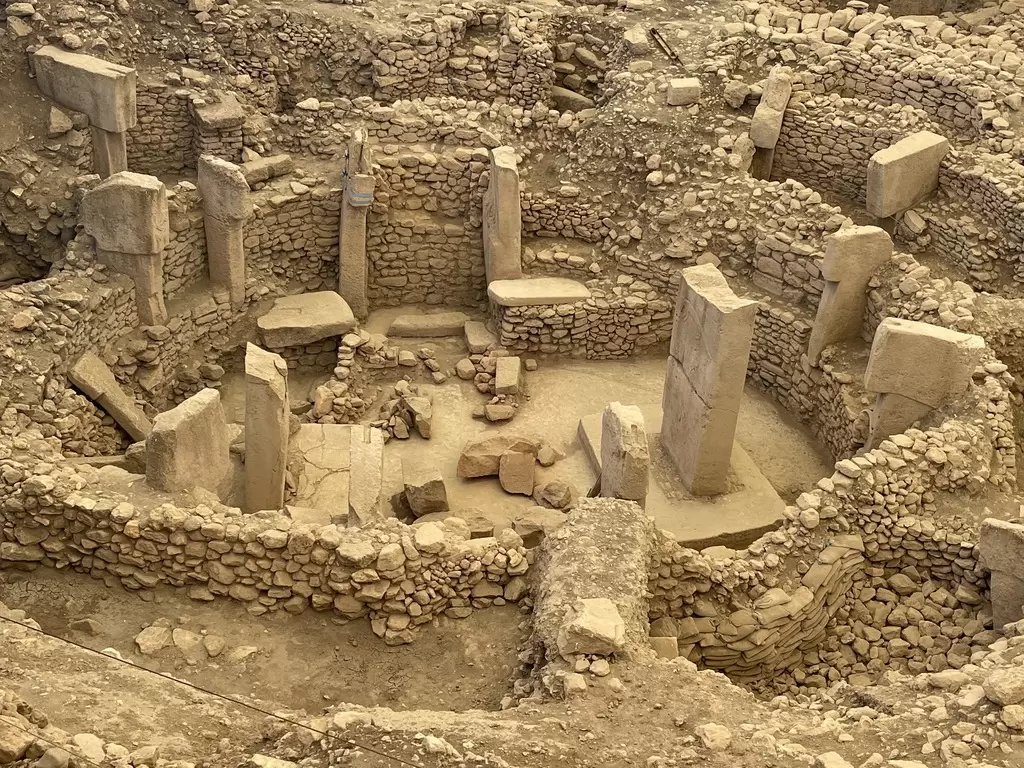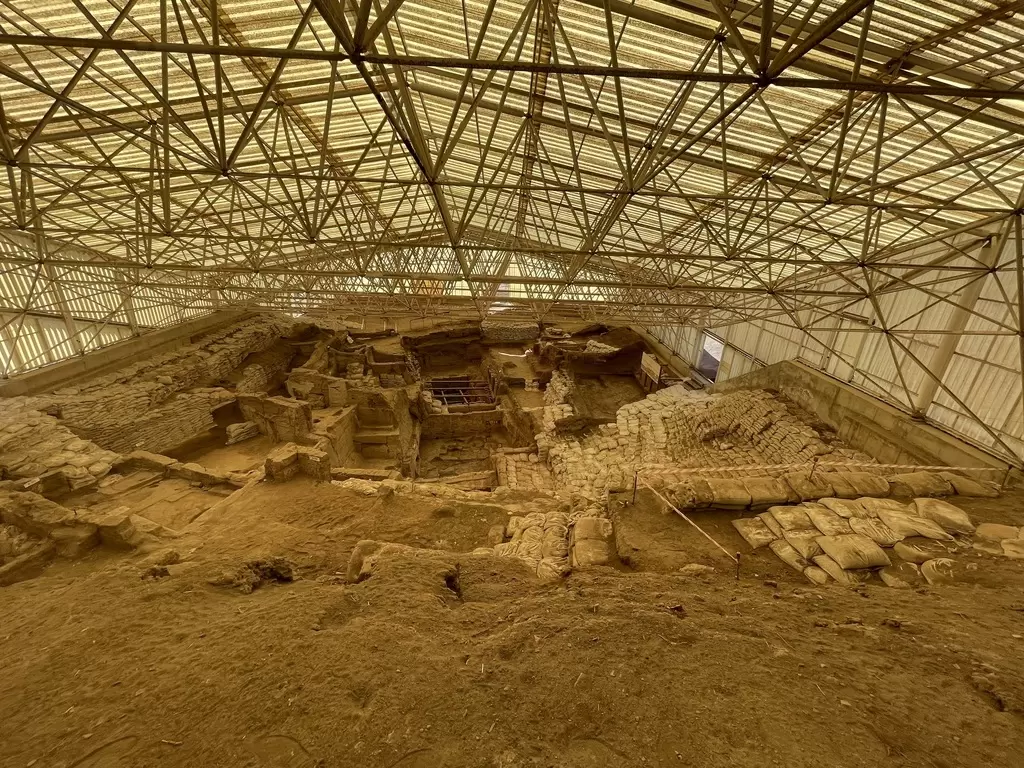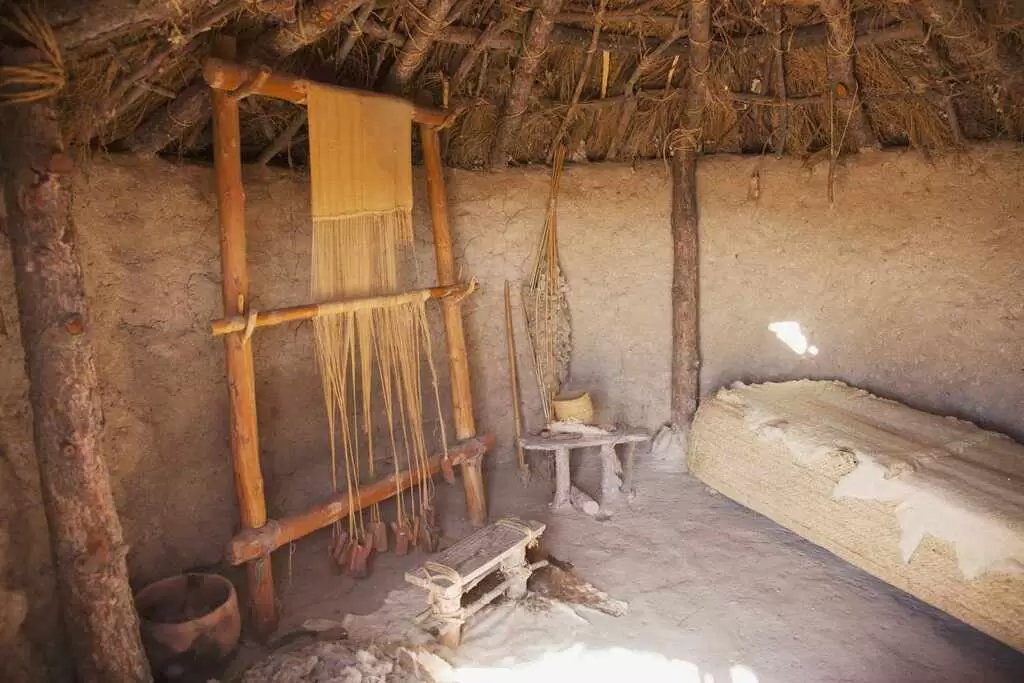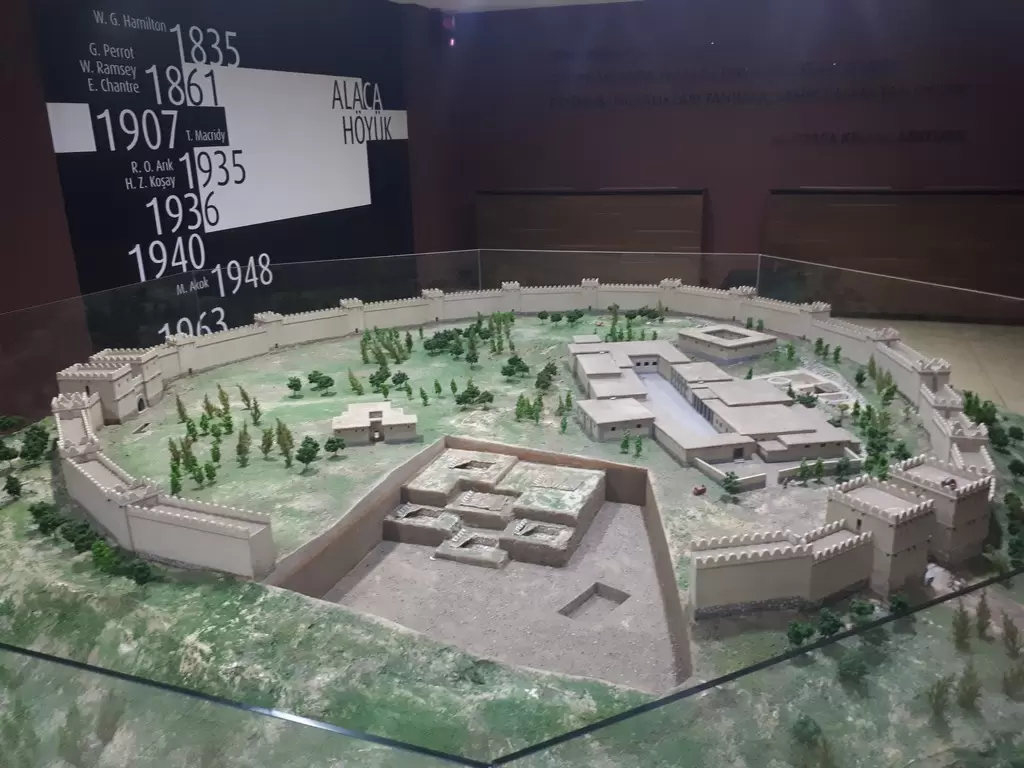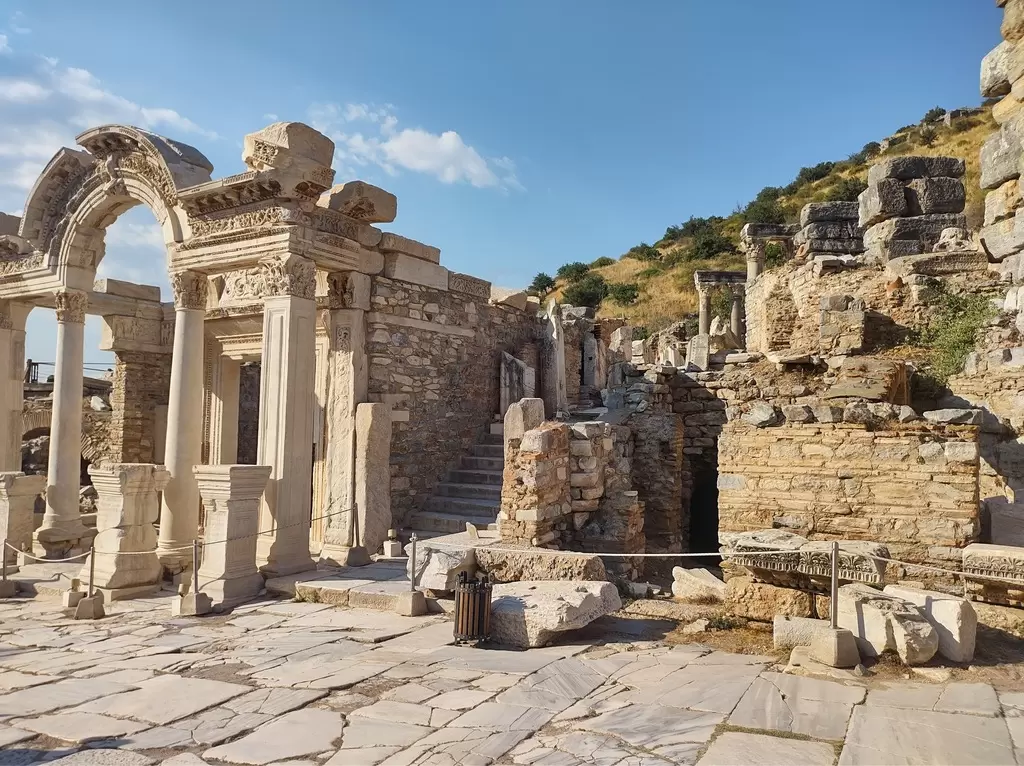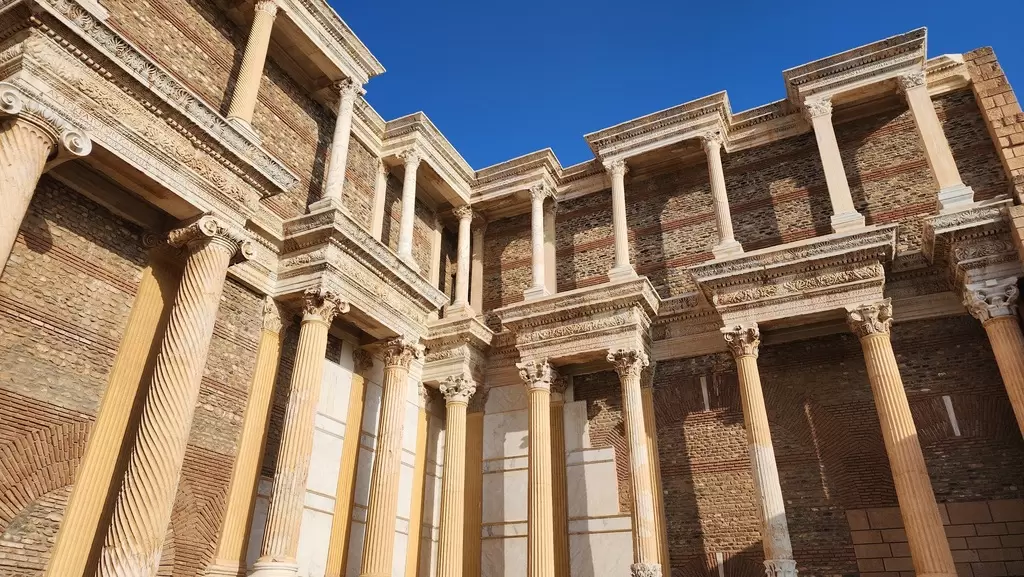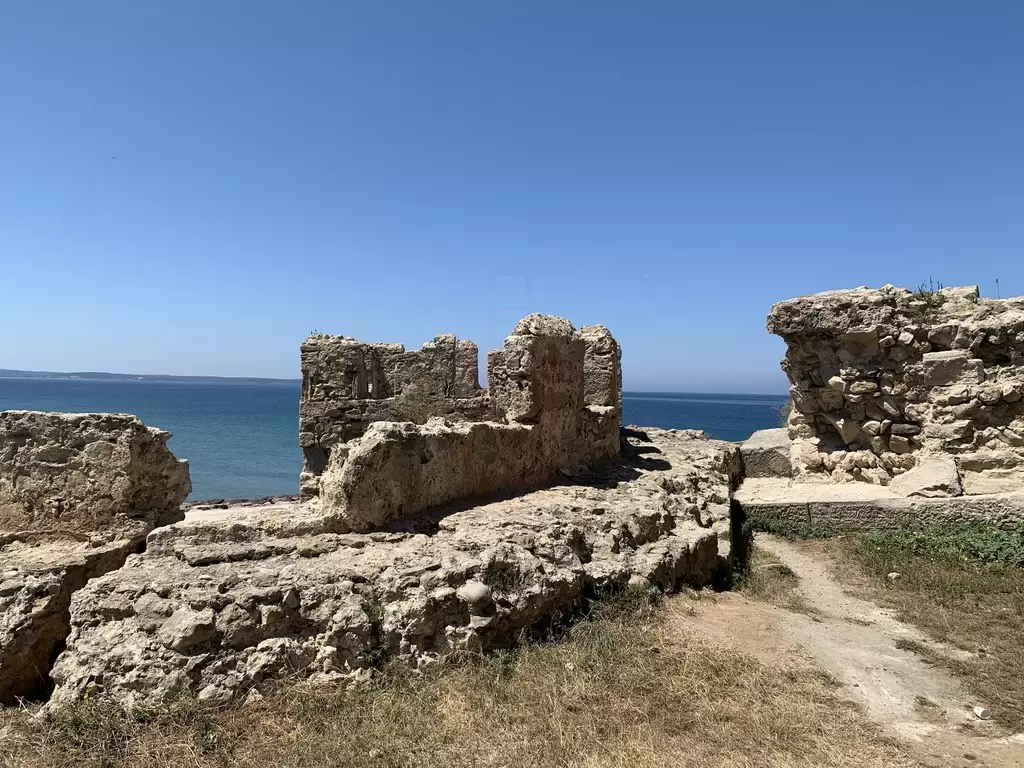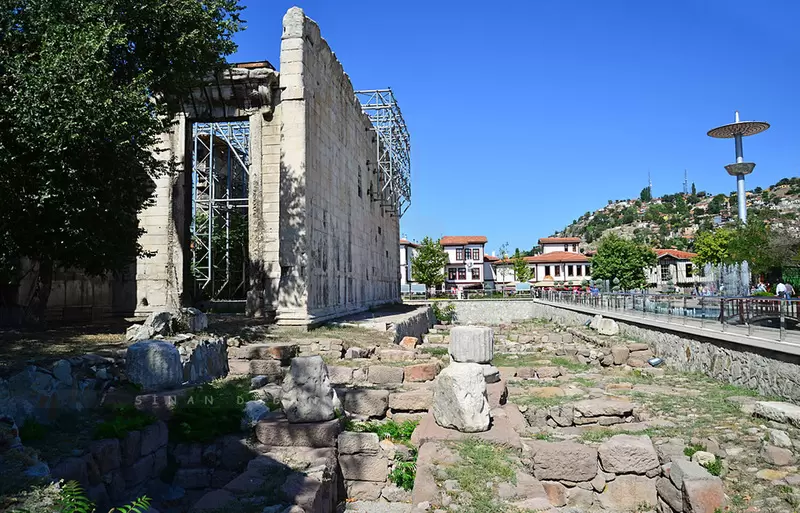
The Kingdom of Galatia was established in central Anatolia following the arrival of Celtic tribes, known as the Gauls, in the 3rd century BCE. This migration occurred after the Celts had invaded the Balkans and sought new territories, leading to their settlement in Anatolia around 278 BCE. The Galatians were divided into three main tribes: the Tolistobogii, the Trocmi, and the Arwasi, each of which played a role in shaping the early identity of the kingdom.
Galatia became notable for its unique cultural synthesis, blending Celtic traditions with Hellenistic influences from neighboring regions. The Galatians adopted many aspects of Greek culture, including language, religion, and governance, while still maintaining distinct Celtic customs. This cultural fusion was evident in their art, architecture, and social practices.
The capital of the Kingdom of Galatia was Ancyra, modern-day Ankara, which became an important center for commerce and administration. The city thrived due to its strategic location along key trade routes connecting the Mediterranean and the Black Sea, facilitating economic growth and cultural exchange.
Politically, Galatia was marked by a series of alliances and conflicts with neighboring states, including the Kingdom of Pontus and later, the Roman Republic. The Galatians were known for their fierce warrior culture, which contributed to their reputation in the region. They often engaged in mercenary activities, providing soldiers for various armies, including those of the Hellenistic kingdoms.
In the 1st century BCE, Galatia came into direct conflict with Rome during the expansion of the Roman Republic. The Galatians initially resisted Roman influence, but their military efforts were ultimately unsuccessful. In 25 BCE, Galatia was officially annexed by Rome and became a Roman province. Despite this transition, the region retained its cultural identity and continued to be an important center of trade and administration within the Roman Empire.
Under Roman rule, Galatia experienced significant urban development, with the construction of roads, temples, and public buildings. The city of Ancyra flourished, becoming a vital administrative hub. The Galatians adapted to Roman governance while still preserving elements of their Celtic heritage.
The legacy of the Kingdom of Galatia is reflected in various historical sources, including writings by ancient historians such as Strabo and Plutarch. Today, archaeological sites in the region, including remnants of ancient cities, fortifications, and inscriptions, provide valuable insights into the history and culture of this remarkable kingdom. The blend of Celtic and Hellenistic influences continues to be a point of interest for historians and travelers alike, highlighting Galatia's unique place in the tapestry of Anatolian history.








